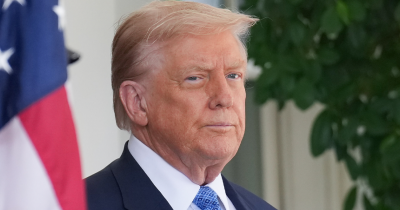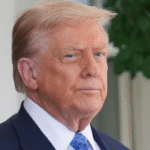By [fypfeed] | August 18, 2025
The debate surrounding marijuana within the United States has reached a crucial level. The former president Donald Trump has confirmed that he’s currently looking into whether cannabis needs to be classified as a federally-regulated substance which could mean changing marijuana to the Schedule I category to the Schedule III of the Controlled Substances Act (CSA).
If the decision is approved it will not render marijuana legal in all states however it will be among the most significant changes to U.S. policy on drugs over the past 50 years that would change everything from how companies are taxed, to the manner in which the medical field is governed.
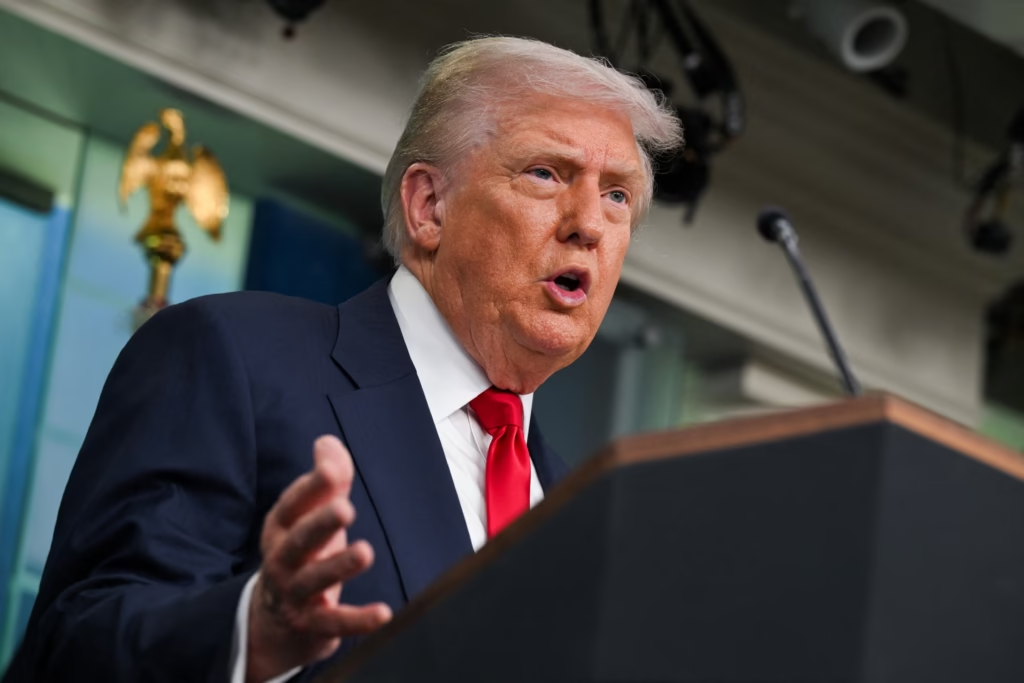
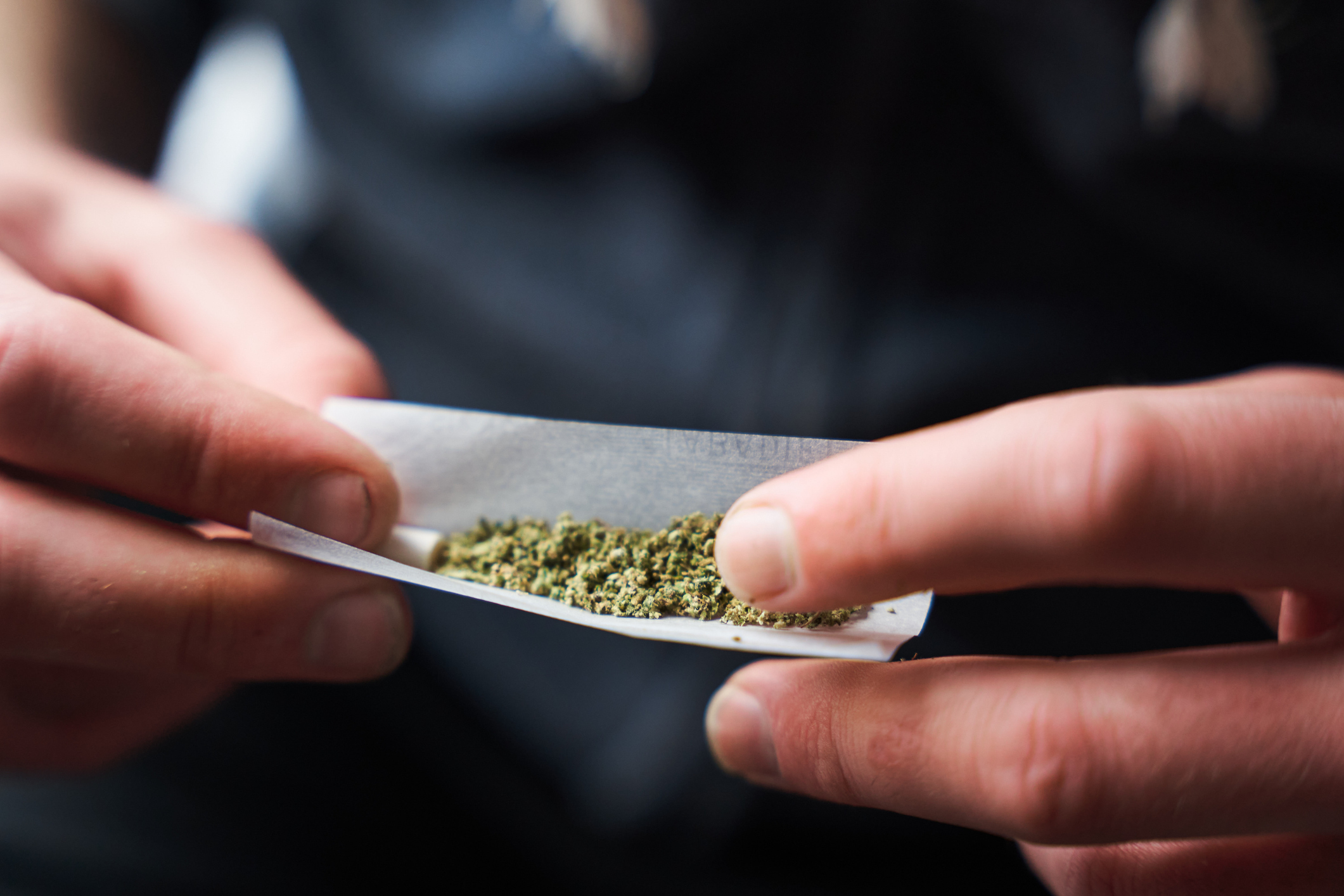
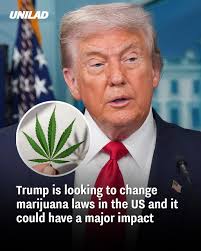
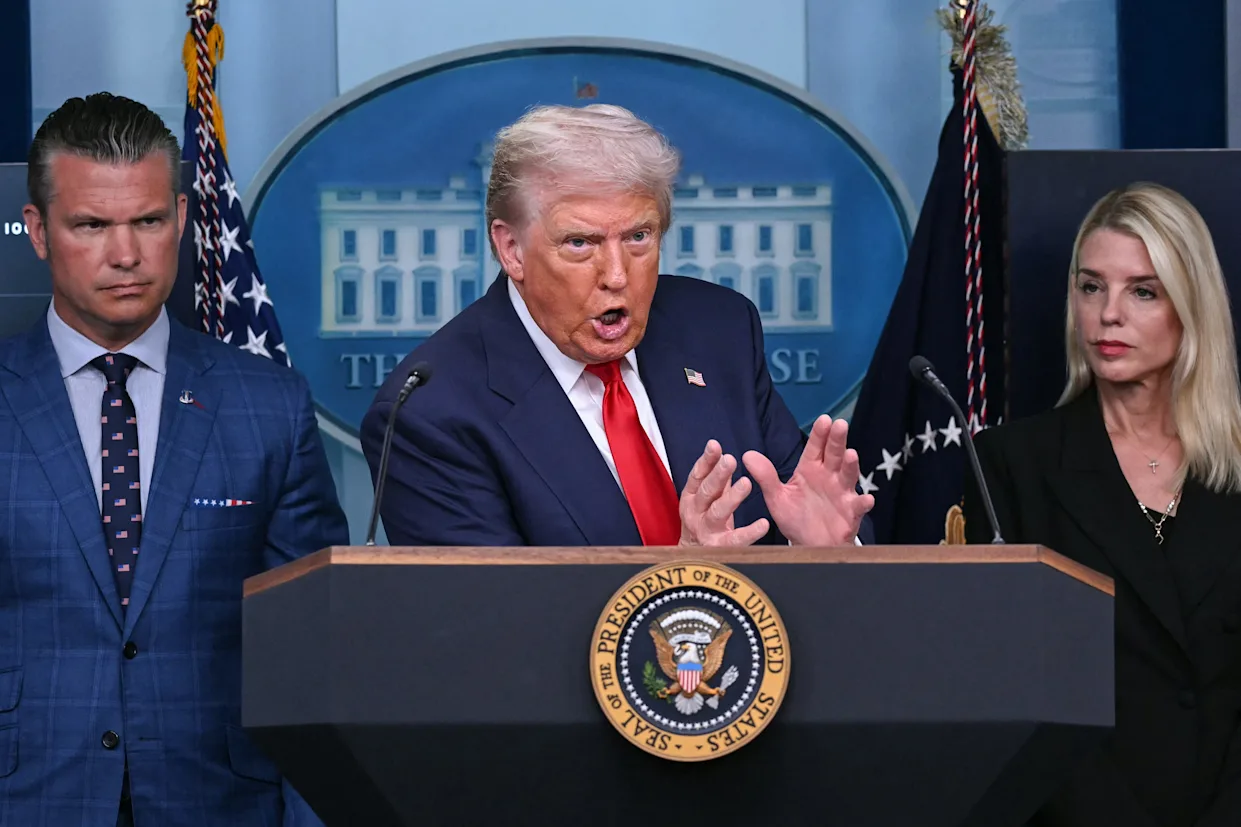
This Current Legal Status of Marijuana in the U.S.
Marijuana is legal in federal laws it has been being classified in the category of Schedule I drug from the 1970s. This classification is reserved for substances that are believed as having no medical benefit and potential for misuse. Cannabis is currently in the same category that heroin is in, along with LSD.
But the reality on surface is quite different
- 38 States permit medical marijuana.
- Twenty-four states are legal for recreational use of the format.
- A majority Americans currently reside in states where some type of cannabis is allowed.
Its contradiction of legalization by the state and national prohibition has presented a number of challenges for researchers, businesses and decision makers.
What Reclassification to Schedule III Would Mean
If cannabis were to be reclassified into the Schedule III it would be added to Schedule III substances like codeine and ketamine, which are restricted, but deemed as medically beneficial and less harmful.
The change could have a variety of immediate effects:
- Tax relief for Cannabis businesses
Based on the law in force (IRS Code 280E) marijuana businesses cannot be deducted for business expenses that are standard because cannabis is an illegal Schedule 1 drug. Reclassification of cannabis would remove this restriction, thereby saving many millions each year for big operators. - Enhances Medical and Scientific Research
Researchers face a lot of challenges when it comes to researching the Schedule I drug. Moving cannabis into Schedule III would make it much easier conducting clinical trials for the chronic pain syndrome, PTSD epilepsy and many more.. - Greater Banking and Investment Access
Banks and institutional investors have generally avoided cannabis due to federal threats. Reclassification may allow mainstream finance which could stabilize the cannabis industry and increasing expansion. - Black Market Impact
Experts expect that legal access will reduce illicit cannabis sales. According to the Dr. Carl Hart of Columbia University explained, “When people have simple legal access, the illicit market dwindles.” - FDA Oversight
Reclassification could also put pot products to FDA Regulation and require more rigorous testing as well as labeling and safety standards.
Trump’s Statement on Marijuana
In a speech on August 11 2025, Trump addressed the Reclassification issue directly:
“We’re watching it. There are people who like it, and some dislike it. Some people are against the entire concept of marijuana since it is harmful to children, it’s harm to people who are older than the children. However, we’re considering the reclassification process, and we’ll decide in the next couple of weeks.”
While ambiguous, his remarks represent the first time that the president has admitted the potential for reform.
The Political Context
Trump’s review follows following his administration Biden administration, in the year 2024 began a rulemaking process to bring marijuana into Schedule III. It was the Department of Justice as well as the Drug Enforcement Administration (DEA) began reviewing the plan in response to recommendations from the Department of Health and Human Services (HHS).
With Trump being back in the spotlight cannabis has become an important bipartisan battleground for policy:
- supporters Leaders from the business world and veterans’ organizations Libertarian conservatives, as well as numerous state legislators. They consider reform to be long needed, due to marijuana’s potential for medical use and economic significance.
- Opponents A few conservatives, some law enforcement agencies and anti-drug organizations are concerned that the HTML0’s potential to boost youth use and decrease public health protections.
This makes the subject difficult to navigate politically, but surveys reveal that that nearly 70 percent of Americans favor legalization in some shape or form and Trump’s move may be popular with voters.
Minute-by-Minute: How Marijuana Affects the Body
The effect of cannabis is contingent upon the dosage, strain, as well as methods of consumption. The way it is typically handled:
- Two to ten minutes following smoking THC gets into the bloodstream, increasing the heart rate by 20-50 beats per minute..
- 30 minutes to 2 hours after eating The effects start later because of the liver’s digestion and processing.
- within minutes Users might notice the appearance of red eyes, euphoria or a sense of relaxation. For certain individuals, anxiety or paranoia could occur.
- >20 mins (smoking): Peak absorption takes place. In the case of edibles, this phase occurs later.
- 30 mins the “munchies” kick in, in the sense that THC stimulates the brain’s centers for appetite.
- 30 minutes – 6 hours The peak of the high and then gradually decreases, based on the strength.
- 3-4 Hours (dabbing): Concentrated extracts of cannabis create more powerful, less intense highs.
- For up for 24hrs Cognitive effects such as diminished judgment and slower reaction times can last for a long time.
These physiological effects are crucial of the argument, as supporters insisting on the therapeutic benefits, whereas those who oppose it highlight the dangers.
Industry Leaders Weigh In
Cannabis industry leaders have been lobbying hard in favor of federal changes. At a recent fundraiser in New Jersey, executives–including Kim Rivers, CEO of Trulieve–pressed Trump to finalize the shift.
Analysts suggest that, if there is a reclassification:
- Cannabis stocks could see dramatic increase.
- Tax relief can boost profits margins.
- Development of new products and research could grow quickly.
However, experts warn against Schedule III isn’t legalization. Conflicts between the federal and state governments would continue in place, and FDA surveillance could result in expensive compliance costs.
What Happens Next?
The Department of Justice has already started the formal rulemaking process. For Trump the next steps are:
- Examining OMB in conjunction with DEA recommendations.
- Bearing political risks with conservative voters.
- Perhaps issuing the executive order as well as a DOJ order to conclude the reclassification.
If it is approved, cannabis will be officially added into Schedule III within months–though legal issues are likely.
Final Thoughts
Trump’s proposal to reclassify marijuana could change the course of U.S. cannabis policy, bridge the gap between legalization by state in the United States and prohibition at federal level.
For business, it’s the relief of financial burdens and expansion. For researchers, it’s the long-awaited freedom to study cannabis’ medicinal benefits. For the users, it’s less stigma, but legal grey areas.
The decision to legalize marijuana is motivated by an economic plan, political motives or genuine appreciation of the changing public’s opinion, there is one thing that is certain: the marijuana debate in America is now entering its most defining period ever since the 70s.


